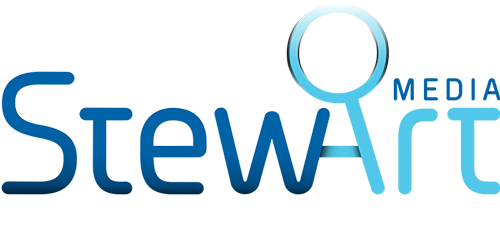Recycling contamination is a persistent headache for Australian councils, leading to inefficient processing, increased costs, and poorer environmental outcomes. Fortunately, AI-powered image recognition technology is emerging as a powerful weapon in the fight against contaminated recycling bins.
How AI Detects Contamination:
The core technology involves using cameras, often mounted on council waste collection trucks, to capture images or video of the contents of recycling bins as they are emptied. AI software then analyses these visuals in real-time to:
- Identify non-recyclable items (contaminants) mixed in with recyclables.
- Pinpoint specific households or areas with high contamination rates (using bin IDs).
- Generate data and reports (like heat maps) to inform targeted education campaigns.
Key Benefits:
- Reduced Contamination Rates: Identify and address contamination at the source.
- Improved Recycling Efficiency: Ensure cleaner streams for processing facilities.
- Lower Processing Costs: Reduce the expense of sorting and disposing of contaminated materials.
- Targeted Education: Focus resources on households or areas needing the most help.
- Environmental Gains: Improve the quality and quantity of materials successfully recycled.
Australian Councils Implementing AI Waste Solutions:
- City of Canterbury-Bankstown: A pioneer, launching an AI model in 2020 using Microsoft Power Apps and data from truck-mounted cameras. The system generates detailed contamination reports used for targeted education, helping address a contamination rate that was significantly above the state average. They also collaborated on a proof-of-concept achieving 80% accuracy in identifying contaminants and are seeking partners to further enhance their model.
- VisionHQ Trials: This Australian company's technology, which boasts near 100% accuracy in item identification, is being trialed by numerous councils across major cities like Brisbane, Melbourne, Sydney, and Perth. Their system links contamination directly to specific bins, enabling highly targeted interventions.
Supporting Resources and Technologies:
- Recycle Mate App: Developed by ACOR, this app uses AI image recognition to help residents identify the correct bin for an item.
- Advanced Research: Studies using models like YOLOv11 show high accuracy in waste segmentation, and integrations with IoT in smart bins promise further gains. The University of Melbourne is also developing advanced sorting prototypes.
- Commercial Platforms: Solutions like Greyparrot AI offer comprehensive analytics for the waste sector.
AI image recognition provides councils with an innovative and effective tool to directly address recycling contamination. By automatically identifying issues at the point of collection, councils like Canterbury-Bankstown are demonstrating how data-driven insights can lead to targeted education, cleaner recycling streams, and significant cost and environmental benefits.
Want to apply AI beyond recycling? Our practical guide, *How to Apply AI Directives: A Practical Guide for Councils*, shows how to roll out AI responsibly across your entire council — from waste and recycling to finance, road maintenance, libraries, and customer service.
